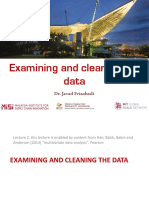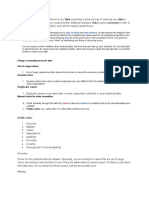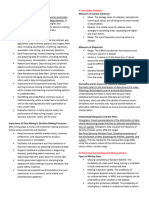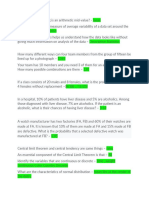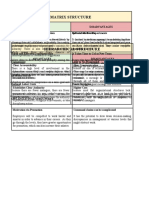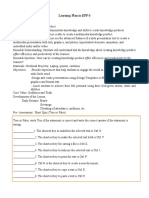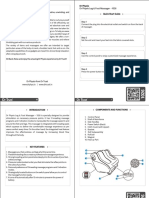0% found this document useful (0 votes)
21 views16 pagesPart A
The document discusses analyzing company financial data to predict the likelihood of default. It describes preprocessing steps like outlier treatment and handling missing values. Univariate and bivariate analyses are performed to understand variable distributions and relationships. The data is split into train and test sets. A logistic regression model is built and evaluated using metrics like precision, recall, F1 score and accuracy. The model performs well on the majority class of no default but poorly on the minority default class.
Uploaded by
Saumya SinghCopyright
© © All Rights Reserved
We take content rights seriously. If you suspect this is your content, claim it here.
Available Formats
Download as DOCX, PDF, TXT or read online on Scribd
0% found this document useful (0 votes)
21 views16 pagesPart A
The document discusses analyzing company financial data to predict the likelihood of default. It describes preprocessing steps like outlier treatment and handling missing values. Univariate and bivariate analyses are performed to understand variable distributions and relationships. The data is split into train and test sets. A logistic regression model is built and evaluated using metrics like precision, recall, F1 score and accuracy. The model performs well on the majority class of no default but poorly on the minority default class.
Uploaded by
Saumya SinghCopyright
© © All Rights Reserved
We take content rights seriously. If you suspect this is your content, claim it here.
Available Formats
Download as DOCX, PDF, TXT or read online on Scribd
/ 16


















